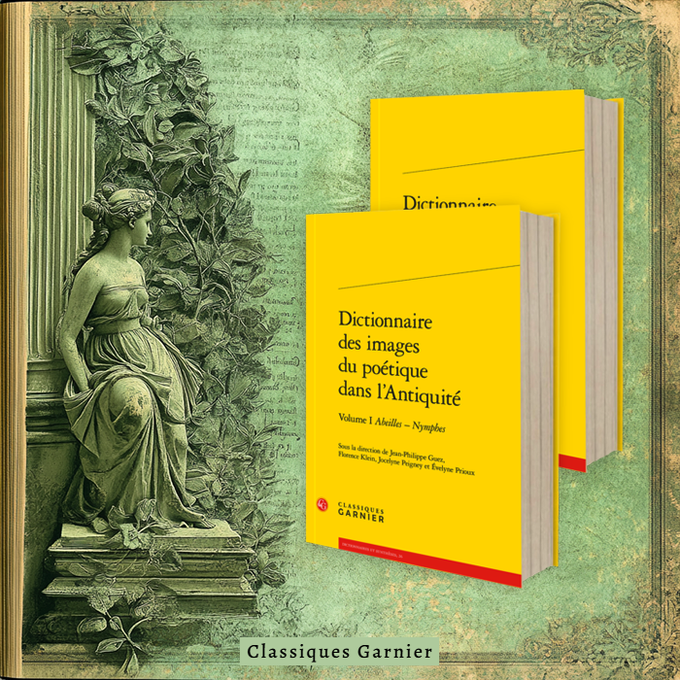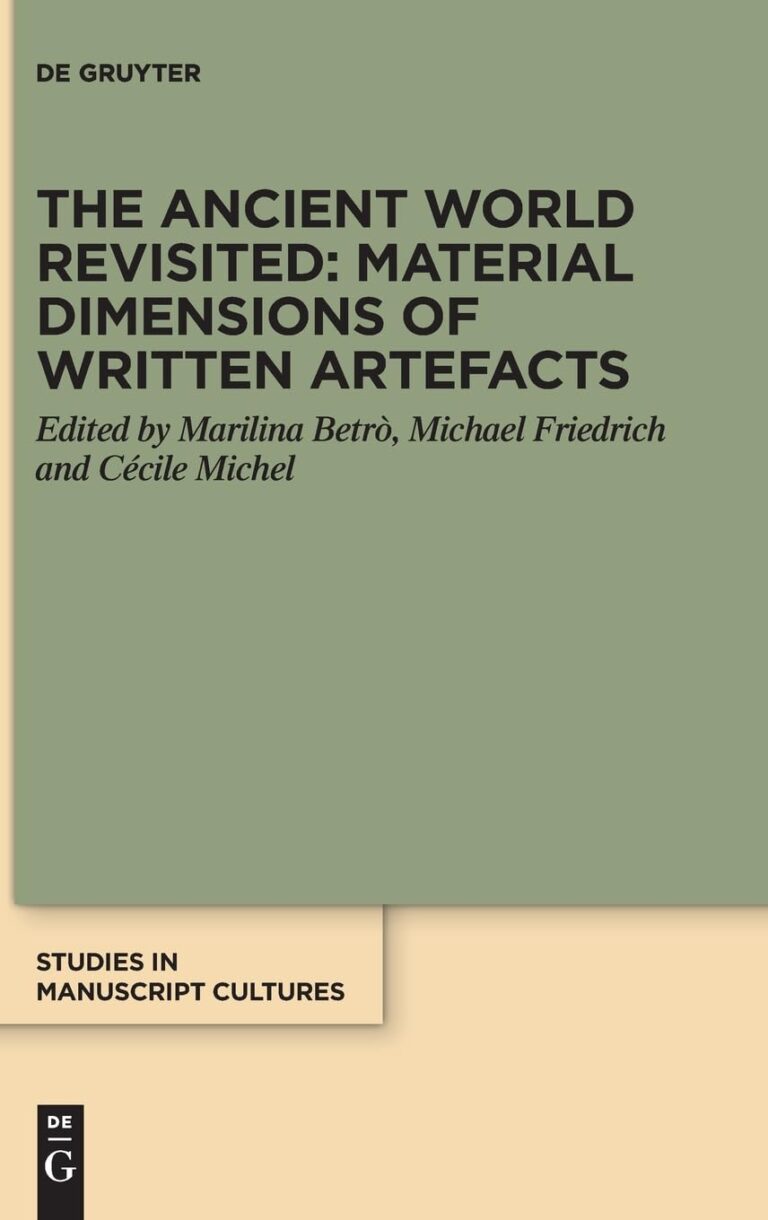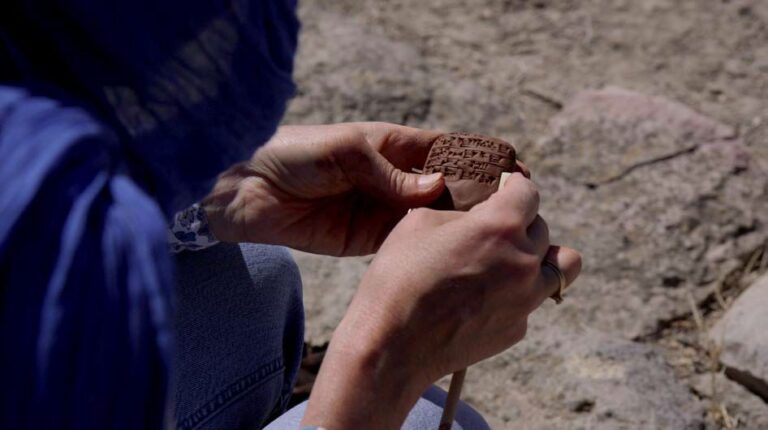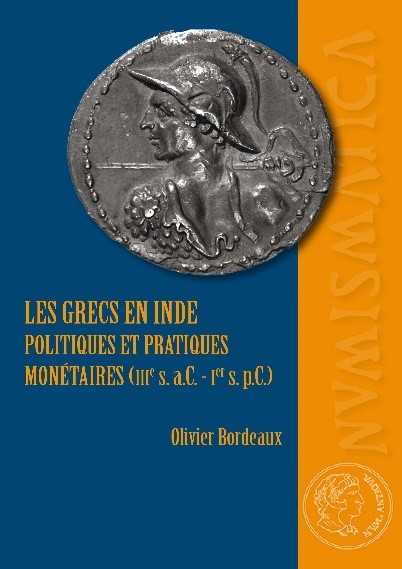Palatial Economy in the Ancient Near East and in the Aegean: First Steps Towards a Comprehensive Study and Analysis.
Liste des chapitres du volume
P. Carlier, Second Thoughts on Mycenaean Economy, p. 1-6.
M. Tanret, Palace Economy in the Old Babylonian Period, p. 7-22.
A. Karnava, Old Palatial Crete: One or More Economies? p. 23-42.
B. Lion, L’économie palatiale à Nuzi, p. 43-64.
Fr. Rougemont, Les allocations de laine à Nuzi et dans le monde égéen, p. 65-92.
H. Tomas, Epigraphical Features of Economic Texts in Linear A, p. 93-104.
M. Del Freo, Quelques réflexions sur les possessions foncières et les obligations à Pylos, p. 105-120.
P. De Fidio, A reassessment of taxation on sacred lands in the Linear B corpus, p. 121-140.
M. Perna, Quelques réflexions sur la fiscalité mycénienne, p. 141-150.
J. Bennet, Palaces and Their Regions: Geographical Analysis of Territorial Exploitation in Late Bronze Age Crete and Greece, p. 151-174.
H. Landenius-Enegren, Palatial Economy: The occupational designations in the Mycenaean archives from a quantitative perspective, p. 175-188.
S. Lupack, Assessing Religious Hierarchies: Their Economic Influence on Mycenaean Society, p. 189-202.
J. Weilhartner, Die Rolle der Heiligtümer in der mykenischen Palastwirtschaft: Eine Neubewertung der Textevidenz, p. 203-220.
I. Fappas, Oils and Perfumes in the Mycenaean Palatial Economy, p. 221-238.
J.N. Postgate, Fixed offerings to the Aššur Temple in Middle Assyrian times, p. 239-260.
W. H. van Soldt, The Palace Economy in Ugarit, p. 261-270.
F. M. Fales, Palatial Economy in Neo-Assyrian Documentation, p. 171-294.
St. Zawadzki, Cult Economy and the Neo-Babylonian Palace, p. 295-308.
Fr. Joannès, Fr. Rougemont, J. Zurbach, Les économies palatiales. Remarques finales, p. 309-318.
No posts







